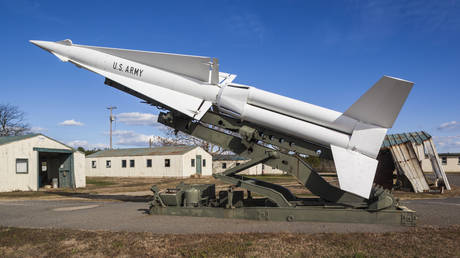ARTICLE AD BOX

- Russia launches a national registry to monitor crypto mining equipment and electricity usage.
- Only registered legal entities are allowed to mine under new government regulation.
Russia’s steps to control the crypto mining industry are getting more serious. Starting July 7, 2025, the country officially introduced a national registry for all crypto mining equipment. Not just a list of names, this system was designed together with the Ministry of Energy, Tax Service, and the Ministry of Digital Development to monitor electricity usage and income from mining activities that are often difficult to track.
No More Free Electricity for Illegal Miners
This registry is aimed at areas known to have high mining activity. This step was taken so that the state knows who is mining, using what equipment, and where the electricity comes from.
The problem is, in the past, there were many cases of illegal mining that stole electricity from public facilities and even from apartment networks. Some even dared to build mining rigs in garages and trucks with illegal connections. Can you imagine, electricity for thousands of homes is used by one mining network?
Furthermore, the government requires all business entities engaged in this field to register officially. It’s not just about ownership of the rig but also about reporting income. If you are a company founder and want to mine, you must comply. However, individual miners are still given leeway.
As long as their electricity consumption is below 6,000 kWh per month, they can operate without registration—as long as they still report the results to the tax office.
Russia Pushes for More Control in the Crypto Sector
On the other hand, this step is also part of Russia’s larger efforts to regulate the crypto world, which has so far seemed as free as possible. The government seems to no longer want to lose revenue from a sector that is increasingly crowded but difficult to control. Only around 30% of operators have officially paid taxes. The rest? Yes, most likely still hiding behind cooling fans and long cables.
However, what’s interesting is not just the rig and electricity. Russia also seems to be getting more serious about making crypto an alternative economic tool. Early last June, CNF reported that Russia was considering using crypto in grain trading—especially to avoid Western sanctions.
If this really works, it means that international transactions could use blockchain and stablecoins, not dollars. And yes, this further strengthens the position of BRICS who want to break free from the dominance of the US financial system.
Not only that, last April the government also began to initiate the creation of a national stablecoin similar to USDT. A quick reaction after Tether blocked over $30 million related to Garantex, a platform with alleged ties to Russia. The problem is, it reveals one important thing: Russia is overly dependent on foreign-controlled stablecoins.
And let’s not forget their plan to turn seized Bitcoin into official state revenue. Since early April, bailiffs have been authorized to convert digital assets from criminal activities into state coffers. Previously, the seized crypto was more like “idle money” because there were no clear rules on how to use it.
.png)
 4 months ago
9
4 months ago
9








 English (US)
English (US)